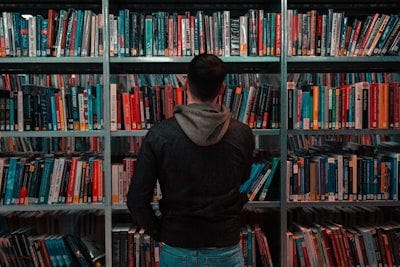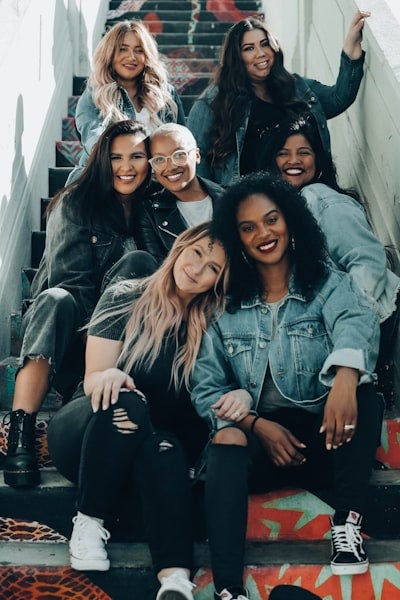What is Critical Thinking?






To critically think involves:
1. being open minded,
2. being curious,
3. suspending judgement (right-wrong, good-bad, black & white thinking)
4. being willing to see how individual parts or circumstances affects the whole,
5. being willing to be wrong,
6. not being attached to your perspective as the only right perspective.
So, for instance:
1. talking to a number of people from all walks of life,
2. gathering information from a variety of sources,
3. being curious about information from perspectives you are unfamiliar with or may disagree with.
This allows you to:
1. To see how this choice or action will impact others, including those different from you.
2. To get a variety of perspectives on how to address the issue, solve the problem, make a choice, create new possibilities.
3. To look at a bigger perspective of the issue.
4. Be more creative
5. Have better problem-solving capacities.
6. Identify bias (your own (self-awareness), and others).
The original Democracy of the United States was based on critical thinking.
1. Gathering information from all of those in the community.
2. Having a representative bring that information to representatives from other communities.
3. Bringing back to the community more information gathered from other representatives.
4. Acquiring more feedback.
5. Returning with more input for other representatives, to be able to make a choice that is the best interest in all who would be impacted.
We really no longer have a democracy. Our system now is based on people wanting power and meeting the needs of special interests.
Critical thinking can fend off mind control by not taking anything at face value or based on your own bias. To research what is being said, presented, sold, etc.
When you are locked into judgment, right-wrong, good-bad, I know-you don’t, your world is very small and self-centered.
Being curious is one of the healthiest and most self-empowering states you can experience. It opens the door to what you are not aware of and to more possibilities. When people step into curiosity doors open and new innovative ways to handle things become available.
I learned a lot sitting in circle. Where each person is allowed to share their experience and perspective without anyone else commenting. As each person shares their perspective and experience amazing information unfolds. Things I never experienced or thought of would emerge. My reference expanded and I could see new configurations that could be helpful for all.
The idea of brainstorming was a good one . Except now often when people brainstorm, they have an agenda to be right. If it is done with no attachment to outcome and a suspension of judgment, new configurations can come from a diversity of ideas.
One question I love to use to open things up is, “What is available that I cannot see because I am locked in my perspective?”


